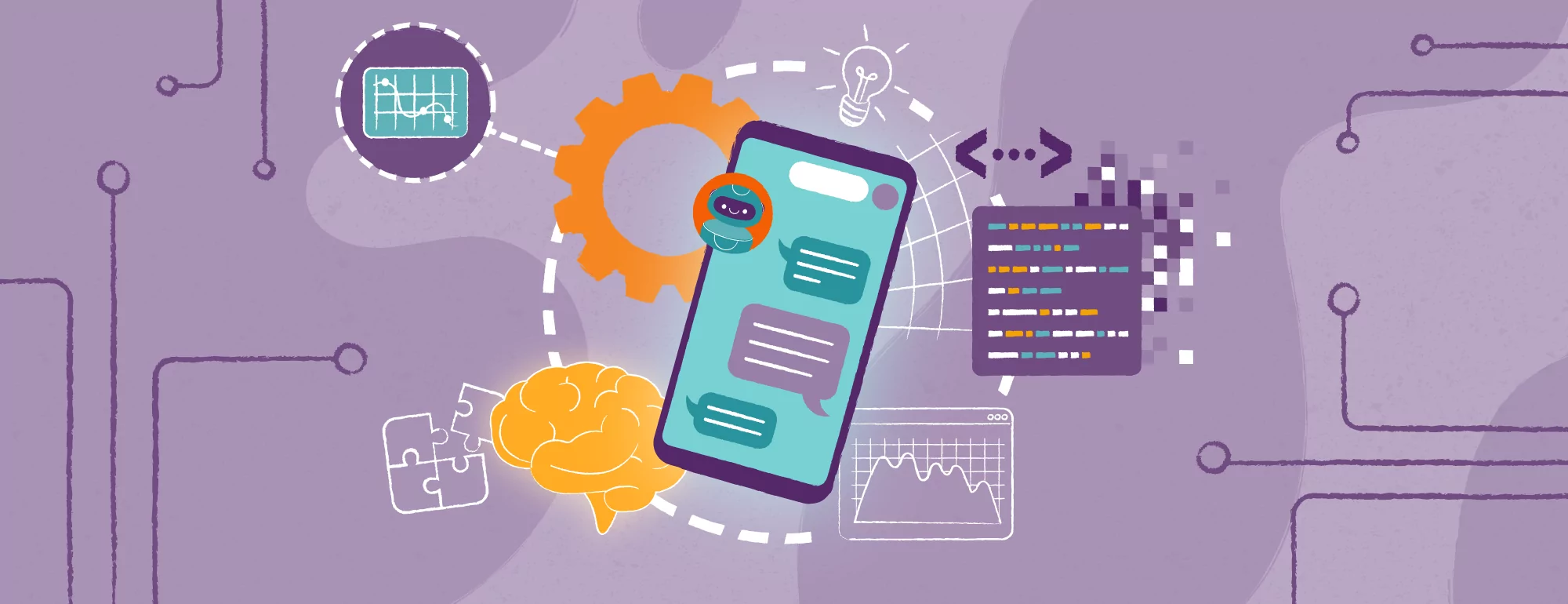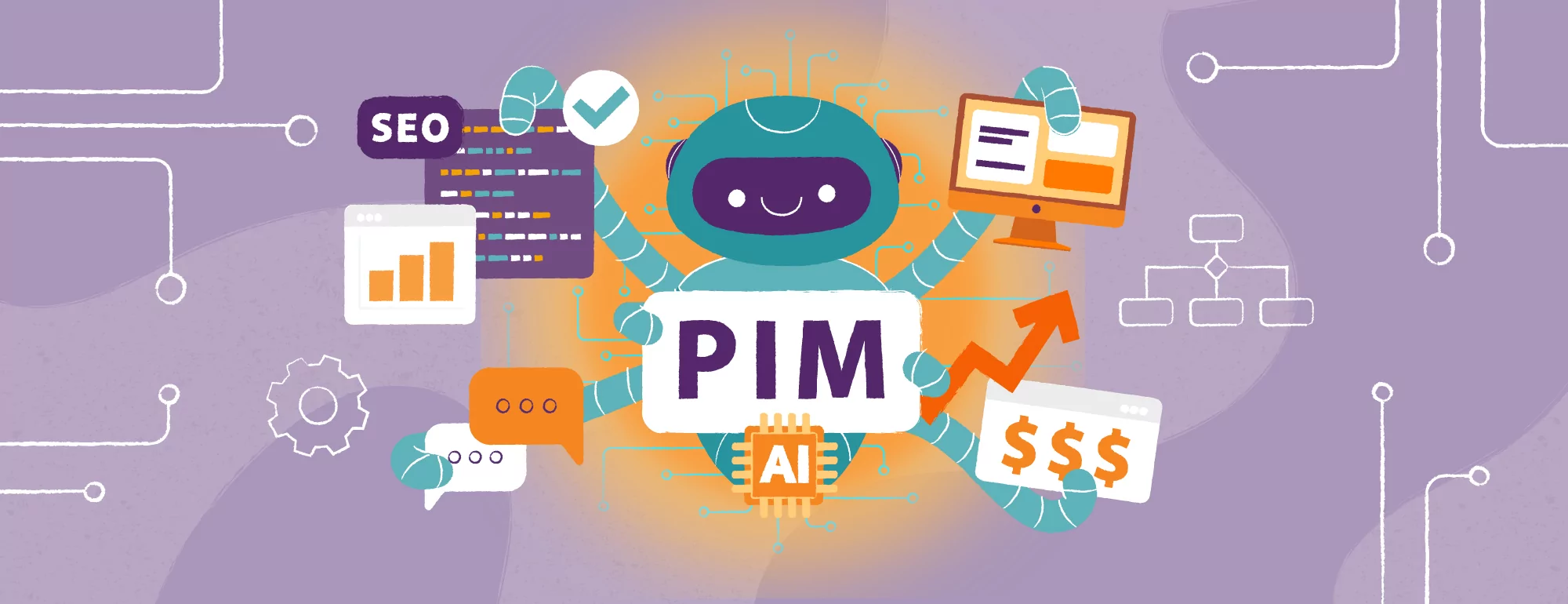Dynamic Pricing in B2B: How Smart IT Systems Help Optimize Prices
In the B2B sector, fluctuating raw material prices, competitive pressure, and increasing customer expectations regarding offer flexibility are everyday challenges. Companies that relied on static price lists updated once a quarter are now increasingly turning to data-driven and automated solutions.
Dynamic pricing allows them to adjust prices in real time based on current market conditions and margin strategies, which in practice translates into greater profitability and pricing policy consistency.
What is Dynamic Pricing?
Dynamic pricing is a strategy for automatically updating product or service prices in response to changing market conditions. Instead of adhering to rigid price lists, B2B companies adjust prices in real-time by analyzing various factors, including demand, supply levels, competitor pricing, seasonality, costs, and a customer’s purchase history.
Advanced AI tools can detect even subtle changes in supply and demand, allowing prices to fluctuate far more frequently than with traditional methods. The key is that algorithms learn from historical data and make pricing decisions automatically and in real time, not just based on predefined rules.
While dynamic pricing was initially used mainly in the travel, retail, and hospitality industries, it has quickly found applications in the B2B sector as well. The primary driver of this rapid growth has been the massive volume of data generated and made available to companies, making the implementation of flexible pricing strategies much easier and more cost-effective.
Dynamic Pricing vs. Pricing Rules: What’s the Difference?
Many companies still rely on pricing rules, such as setting minimum margins or volume-based discounts. However, this is a static approach, operating based on predefined instructions. These rules are often written for algorithms in statements like: “If a competitor’s price drops by 5%, lower my price to X, but not below the minimum margin threshold.” These rules have a limited range of variables and must be manually defined by a pricing manager.
Dynamic pricing goes a step further. Algorithms analyze data in real time and adjust prices accordingly, taking into account far more variables than simple business rules. The key distinction is that algorithms learn from historical data and make decisions automatically and in real time, not just based on fixed instructions.
The Role of AI Algorithms and Data Analytics
Modern dynamic pricing engines use AI and machine learning to analyze transactional data, market signals, and competitor behavior.
AI algorithms and analytical models:
- collect data
- monitor competitor pricing
- analyze sales data, costs, and inventory levels
- consider customer-specific commercial terms
- forecast demand using market trends or external data such as seasonality
This ensures that pricing decisions are made quickly, consistently, and based on a complete picture of the situation.
When is B2B Dynamic Pricing Feasible?
Dynamic pricing works best in markets where prices change often and unpredictably, like commodities, electronics, or seasonal products. It’s also widely used in sectors such as tourism or construction, where seasonality plays a big role. In these cases, flexible pricing helps companies boost margins during peak demand and keep sales flowing when interest drops.
It’s an equally strong fit for B2B e-commerce. Here, reacting quickly to competitor price changes and keeping pricing consistent across different channels is crucial. For companies that handle individual contracts or complex discount rules, dynamic systems can take over repetitive tasks. They adjust prices automatically based on customer segments and purchase history, reducing errors and cutting out manual calculations.
The key to success, however, lies in data. Without clean, structured information in systems like ERP, CRM, or PIM, dynamic pricing is hard to get off the ground. That’s why the first step should be digitalizing processes and centralizing data, a challenge Univio experts can help you with.
Does Dynamic Pricing Always Work?
Without high-quality data, dynamic pricing can do more harm than good. Algorithms based on incomplete data may generate inaccurate recommendations, so robust data management and system integration are essential. Pricing engines may range from rule-based systems to sophisticated real-time models. The choice of solution depends on market dynamics, available data, and the company’s needs and capabilities.
How to Implement a Dynamic Pricing Strategy in a Manufacturing and Distribution Company
Implementation usually follows these steps:
- Data and system audit: assessing available sources (ERP, CRM, PIM) and their data quality.
- Defining a pricing strategy: setting goals (e.g. maximizing margins, increasing market share), identifying key variables (demand, costs, competition), and defining margin or price limits. Pricing rules can be a starting point, but the end goal is an algorithm that reacts to many factors.
- Customer and product segmentation: identifying segments that require different pricing (e.g. large chain buyers vs. small shops, new vs. loyal customers).
- Selecting IT tools: implementing a platform that enables automatic pricing and integrates with ERP or CRM systems. For example, Polish companies use the ePrice module in the B2B ONe platform to centralize pricing policy.
- Testing and pilot phase: launching real-time algorithms that analyze data and update prices automatically, initially for selected products or customer segments.
- Cultural change in the organization: training for sales teams is crucial. Dynamic algorithms may be perceived as a threat to sales reps, so it’s important to show that they simplify the job, such as by generating offers faster, and help achieve better results.
- Monitoring and optimization: run A/B tests and analyze outcomes. Since algorithms must learn, ongoing monitoring of KPIs like margin, sales volume, and competitive positioning helps refine the model.
IT Tools Supporting Pricing Automation
AI-based dynamic pricing is an excellent solution for companies advanced in digital transformation. However, it’s not always feasible from the start due to limited data availability.
What’s recommended in such cases? There are rule-based pricing engines on the market that integrate with ERP and CRM systems, pulling current data on costs, product availability, and customer segments.
These systems allow companies to:
- calculate prices in real time
- manage promotions and discounts
- ensure price consistency across channels
- control margin levels
- analyze pricing policy effectiveness
Many e-commerce and ERP platforms also offer dedicated pricing management modules. Integration with databases enables automatic price calculation based on inventory levels, costs, and promotions. For many companies, this is either a first step toward AI-driven dynamic pricing or a complete solution that effectively meets their needs.
Example: ePrice by ONe Company
A great example of a pricing management tool is the ePrice module in the ONe system, particularly well-suited for B2B models. Its key functionalities include:
- Comprehensive pricing policy management: create individual price lists for specific customers, segments, or company branches, as well as a centralized price list for the entire organization
- Minimum margin control: ePrice allows users to define minimum margins or prices and ensures that sales reps do not go below set thresholds
- Margin and profit growth: with centralized management and data analysis, ePrice helps increase margins and overall company profitability
- Responding to market changes: quickly modify prices in response to market shifts while maintaining margin control
- Automation and time savings: automating pricing processes saves the sales team time, allowing them to focus on strategic tasks
- Advanced permissions and workflows: sales reps can adjust pricing within defined limits; exceeding thresholds requires manager approval
- ERP and system integration: ePrice supplies prices to the ONe platform but can also integrate with other systems, including ERP, ensuring consistent offers across all channels
As a result, both sales reps and customers always have access to up-to-date, consistent pricing, regardless of the sales channel. Meanwhile, the company gains better pricing control, time savings, and improved operational efficiency.
Summary
Dynamic pricing in B2B is not just a trend. It’s increasingly a market standard delivering real, measurable results. Companies that adopt data- and AI-driven flexible pricing strategies gain a competitive edge. They respond faster to change, protect margins, and provide customers with consistent buying experiences.
However, success depends on system integration and access to reliable data. Full-scale dynamic pricing implementation can be a significant challenge, but the right tools, like ePrice from ONe Company, and support from trusted tech experts show that pricing automation is a real opportunity for better margin management and increased sales efficiency in B2B companies.








